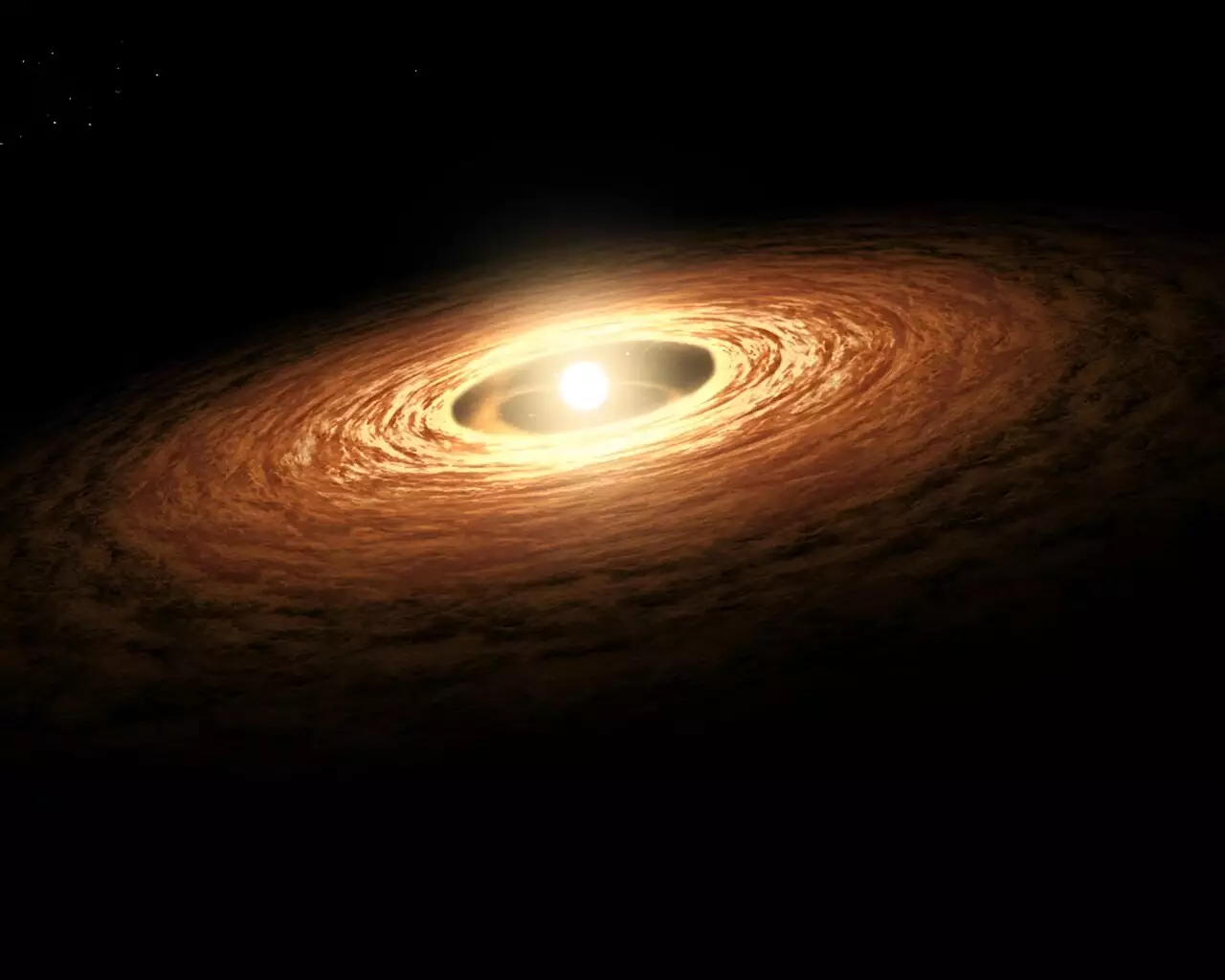Recent research has transformed our understanding of the origins of beryllium-10, a rare radioactive isotope, as scientists grapple with the implications of their findings. For decades, the prevailing theory suggested that beryllium-10 was primarily formed during the cataclysmic deaths of massive stars in supernova explosions. However, ongoing studies led by scientists at Oak Ridge National Laboratory (ORNL) indicate that this isotope derived its existence from processes predating such cosmic events. This revelation not only upends established theories but opens new avenues for exploring the chemical evolution of our solar system and the broader universe.
The Cosmic Origins of Beryllium-10
Beryllium-10’s significance lies in its isotopic abundance in ancient solids like meteorites. It has been a fundamental element for understanding the formation and history of our solar system, which is believed to have coalesced around 4.5 to 5 billion years ago. Scientists have now shifted their focus toward an alternative formation process known as cosmic ray spallation. This process occurs when high-energy cosmic rays interact with existing stable isotopes, particularly carbon-12, in the interstellar medium.
The astonishing implication here is that rather than being a direct product of supernovae, beryllium-10 is more appropriately classified as a byproduct of the unique interactions between cosmic rays and prevalent carbon isotopes. This insight propels us to rethink the narrative surrounding not only beryllium-10 but also the intricate cycle of star formation and destruction that characterizes our universe.
The Role of Supernovae
Traditional theories regarding beryllium-10 were closely linked to supernovae, which are often seen as the ultimate recycling mechanism of stellar materials in the cosmos. The stellar cataclysms eject elements forged in the hearts of massive stars back into space, enriching the interstellar medium and providing the building blocks for new star systems. However, recent findings led by ORNL researchers, including nuclear astrophysicist Raphael Hix, suggest a different cosmic narrative. They emphasize that supernovae might not produce beryllium-10 in sufficient quantities to account for what has been observed in ancient meteorites.
This shift in perspective not only challenges the role of supernovae in synthesizing beryllium-10 but also raises broader questions about the processes that govern element formation in the universe. Such revelations are crucial for refining models of nucleosynthesis and understanding the intricate dance of stellar life cycles and the transmutation of elements.
The Mechanics of Cosmic Ray Spallation
When we consider the mechanics of cosmic ray spallation, the process becomes a fascinating dance of particles. Cosmic rays, consisting of high-energy protons and other particles, transiently interact with abundant elements in space. As these cosmic rays crash into carbon-12 nuclei, they can cause the nucleus to fragment, resulting in the synthesis of beryllium-10. This process, which operates at nearly the speed of light, indicates that beryllium-10 can efficiently form a substantial presence even before solar systems like ours began their assembly.
This crucial understanding not only supports the idea of beryllium-10 as a product of cosmic rays but also reflects the more dynamic interaction between matter and energy in the universe. It highlights the unpredictable nature of cosmic interactions, where various elements can emerge from otherwise stable constituents. The underlying physics is complex, but the implications of this newly refined perspective are remarkable.
A New Era in Astrophysical Studies
The ORNL study marks a significant advancement in nuclear astrophysics, particularly with the introduction of refined experimental data. The team’s recalibration of reaction rates related to beryllium-10s’ formation enhances our understanding of its stability and decay. Their findings indicate that supernovae cannot account for observed levels of beryllium-10, given the speeds at which this isotope decays and the complexities of stellar nuclear reactions.
With this emerging data, scientists now face a tantalizing question: if not supernovae, then what is the other significant source of beryllium-10? The research ignites exciting debates about the processes driving the formation of elements and their pathways through time and space. Collaborations across institutions and disciplines, such as the engagement of students and theorists alike, underscore the importance of multidisciplinary approaches in unraveling the secrets of the cosmos.
The Impact on Our Cosmic Narrative
Ultimately, the revisions to our understanding of beryllium-10’s origins dovetail seamlessly with a crucial observation: knowledge in science is ever-evolving. The study highlights how fresh data can bring long-standing theories into question. As scientists continue to publish findings and refine models, the broader narrative of our universe’s past grows more detailed.
In an era where discoveries are rapidly reshaping our understanding, the journey into the cosmic origins of elements like beryllium-10 reveals how much more there is to learn. The final chapter of our solar system’s formation story remains unwritten, teeming with newfound possibilities that stand to redefine not only our history but also the cosmos itself.


Leave a Reply